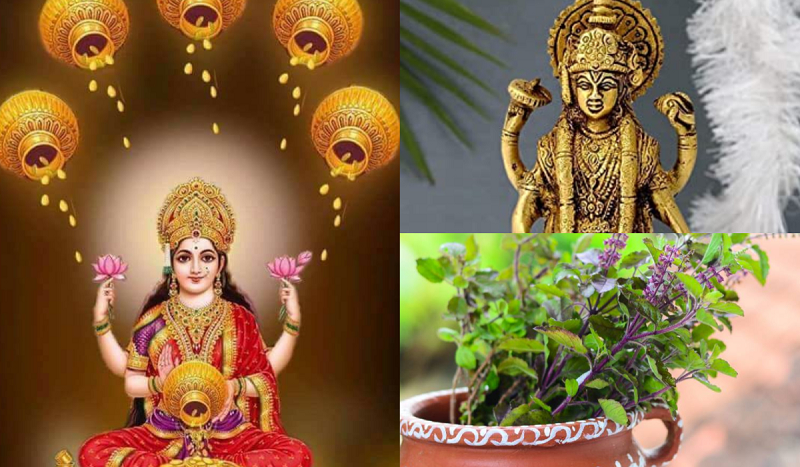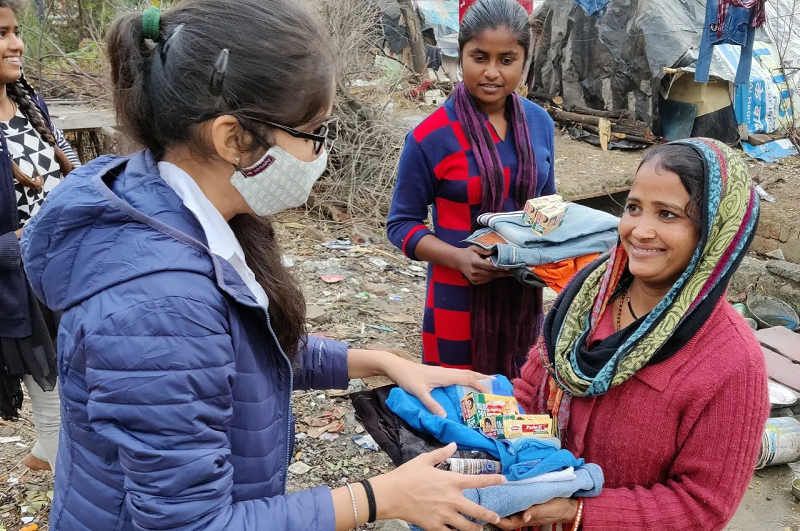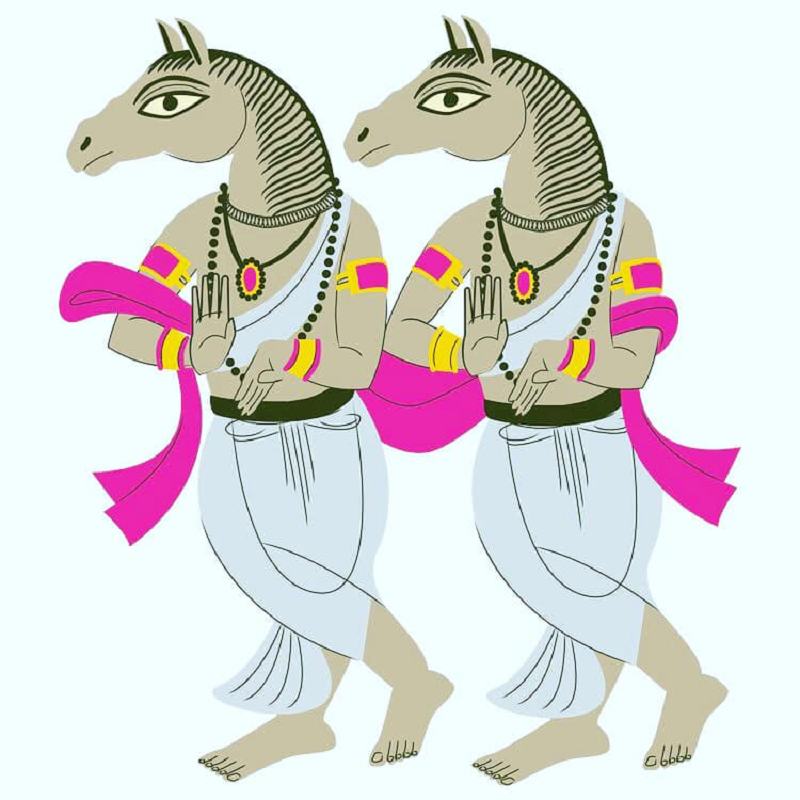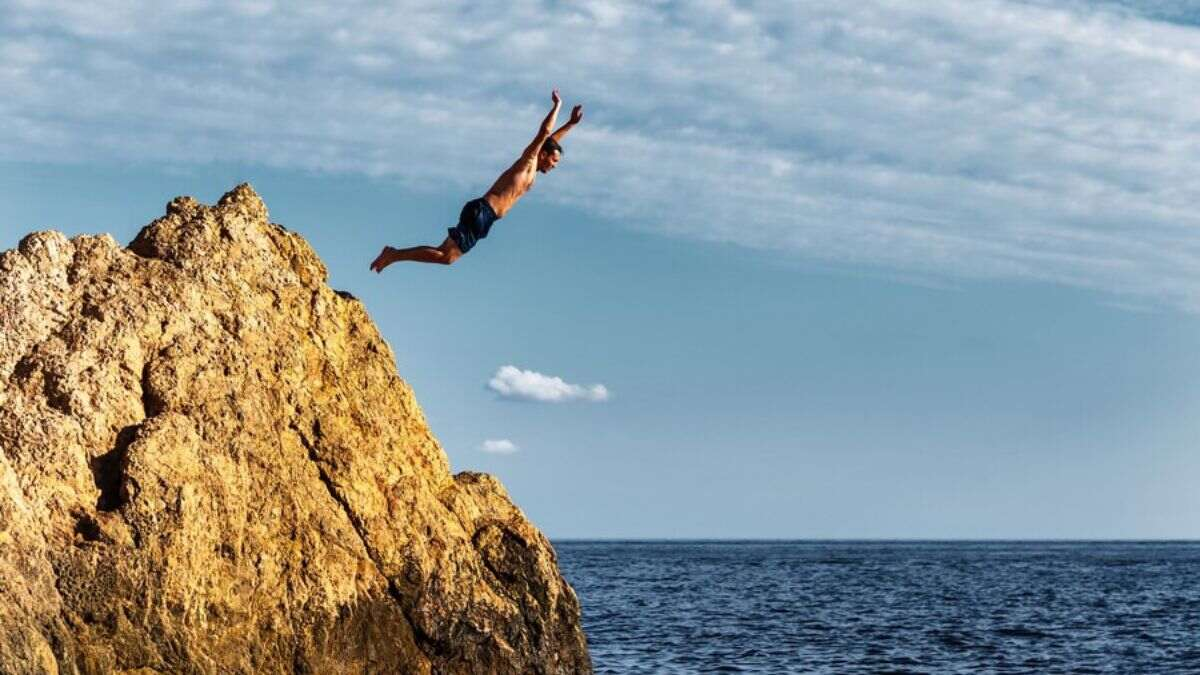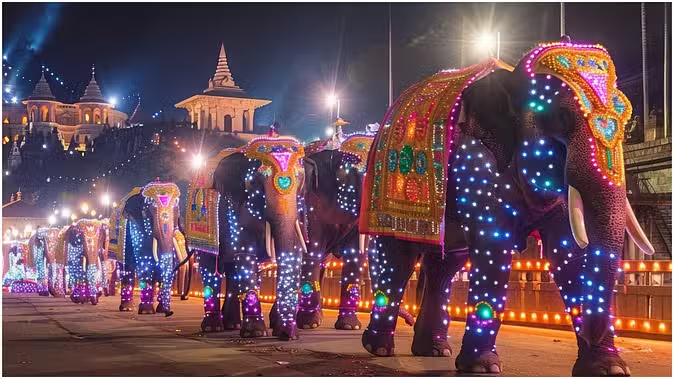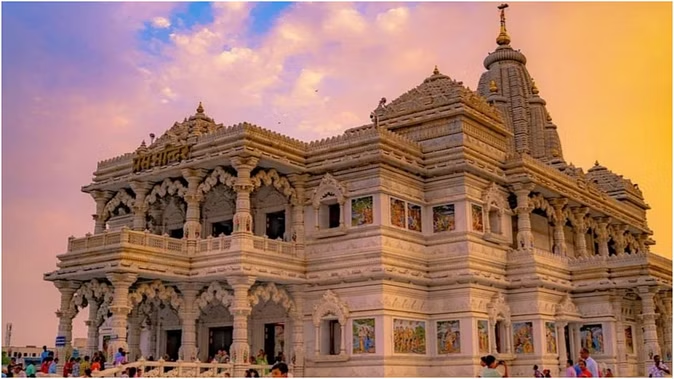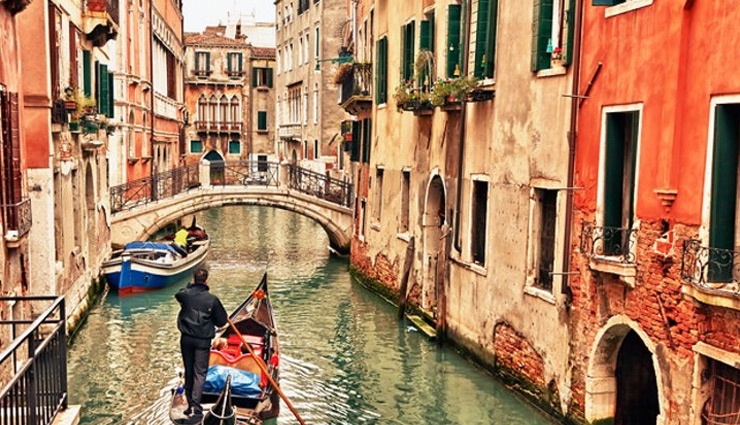There is no dearth of such places in India, which can be called quaint places. There is one such place in Karnataka where not 10 or 20 but thousands of Shivlings are made on huge rocks on the banks of the river. Not only Shivling here but the figures of Lord Ganesha, Nandi, snake, etc., which are associated with Mahadev, are also made. This river does Jalabhishek of these thousands of Shivlings in one go.

Sahasralinga is a pilgrimage site, located about 14 km from Sirsi taluk in Uttara Kannada district of Karnataka state in India. It is in the Shalmala River and is famous for being the place where about a thousand lingams are carved on the rocks along the river and its banks.
The Sahasralingeswara temple at Uppinangadi is situated on the banks of the Netravati and Kumaradhara rivers, where one thousand lingams are found. One of them is found in the middle of the sand of the Linga river which appears in February. The lingas at Uppinangadi are under the river and are naturally formed, not carved.
This place is a mystery for Shiva devotees
This holy place situated on the banks of river Shalmala is known as Sahasralinga. Lord Mahadev's linga is made on almost every rock on the banks of this river. Not only Lord Shiva but the figures of Nandi (the vehicle of Lord Shiva), the first worshiper Lord Ganesha and snakes are also engraved here. But the biggest mystery is that where did not one or two or 10-20 but more than 1000 Shivling shapes come from on the rocks on the banks of the river? After all, what kind of heritage is the Shalmala River flowing smoothly in its zenith, it is a deep mystery.
Pebble is Shankar
The Shalmala River flows serenely through dense forests near a small village, Sonda, about 13 km from Sirsi. There are so many huge stones in this river that it is not possible to move them away from the river. It is believed that these dark gray colored rocks on which the Shivling is built are made of Saptik. You will see the shape of Shivling on every small and big of this river, even the rocks which are always submerged in the bed of the river. On some of these stones, the figure of Nag Devta and Nandi Maharaj is also made. On some rocks, the shape of one and two Shivlings has been engraved. There is a suspension bridge on the river nearby, through which one can go to the village on the other side. It is very nice to see the bird's eye view of all the Shivlings built in the middle of the river from this bridge.
Nandi Maharaj is built on the biggest rock
The figure of Nandi Maharaj, the mount of Lord Mahadev, has been made on the biggest rock of the Shalmala River. This rock is about 6 feet high, 12 feet long, and 5 feet wide. The weight of this giant stone can be several quintals. Seeing this stone, it is understood that these figures have not been made somewhere else and installed in the river, but these figures have been carved on the rocks sitting in the river itself. No correct information is available about how many Shivling, Nandi, or snake figures have been carved on the rocks here.
Folktales Related to Shivlings Two folktales related to these Shivlings have come to be heard. According to the first story, the king of Sonda, or Swadi Aksappa Nayaka had no children. That's why a sage advised him to get thousands of Shivlings built. The king got Shivling made on every rock available in the Shalmala River. It is said that only after this the king was blessed with a child and only then this place became popular for fulfilling wishes.

According to another legend, the 16th-century king Sadashivaraya Varma was a great devotee of Lord Mahadev. He thought of doing something for Lord Shiva so that even after his death, Lord Shiva's Jalabhishek would continue. Therefore, between 1678 and 1718, he got Sahasrashivlingas and their respective figures constructed in the Shalmala River. A huge fair is held here every year in Shivratri.
When and how to visit Sahasralinga
in the river Sahasralinga Thit is Shivling, so it is very important to have the right weather to have the darshan of this holy linga of Lord Shiva. During the monsoon, all the lingas go underwater due to the rise in the water level of the river. That's why October to March would be the right time to visit Sahasralinga. Sahasralinga is located in Sonda village, about 14 km from Sirsi, a hill station in the Uttara Kannada district of Karnataka.
The nearest airport to reach here is Hubli which is 87 km from Sirsi. From Hubli or Sirsi, you will have to take a private vehicle or hire a private vehicle to reach Sahasralinga. The nearest railway station to Sirsi is Gokarna, which is a distance of 56 km from here. You will also have to hire vehicles to reach Sirsi or Sahasralinga from Gokarna.
Sirsi Marikamba Temple
Sirsi Marikamba Temple is a Hindu temple dedicated to Marikamba Devi (Durga Devi), located in Sirsi, Karnataka, also known as Marigudi, it was built in 1688, Sirsi Sri Marikamba Devi is one of the most popular places in Karnataka. Marikamba is the elder sister of Devi. The façade of the temple, a 19th-century addition, is painted blue. After entering through the façade, there is a courtyard in the middle, surrounded by monasteries. The monasteries are filled with images of deities from the Hindu epics. Changes made inside the temple have hidden any evidence of older structures. The sanctum has the central image of Goddess Durga as fierce, multi-armed (eight shoulders), riding a tiger and slaying a demon. The 7-foot-tall (2.1 m) image is believed to have been obtained from a pond on the way to Hangal. The temple has very characteristic paintings of murals in Kavi art, an art form that was popular in the coastal Konkan region of Karnataka. In this art form, which is now extinct, the upper layer of the mural was first painted with red pigment, which when removed revealed a lower white layer of plaster on which the frescoes were made.
The chief priest of the temple is of the Carpenter or Vishwakarma caste. Poet Kanakadasa, a famous saint of the Bhakti movement, visited the temple and advised the people to stop the animal sacrifice of buffalo. When Mahatma Gandhi visited Sirsi in 1934 during his campaign to end the untouchability of Dalits, he refused to visit the temple, as an animal sacrifice was a prevalent ancient practice in the temple; The sacrifice was in the form of an offering of a buffalo to please the goddess. A buffalo was specially reared for offering sacrifices to the deity during the biennial Ratha Yatra. Following Gandhi's protest, there was a social movement in the town not only to end animal sacrifice but also to allow Dalits to enter the temple. The movement was led by Keshwain, the chief trustee of the temple, along with Vitthal Rao Hodike, a teacher from the city and a devoted Gandhian. Both the objectives of the movement were fulfilled.
Jaatre (chariot procession)
The Sirsi Marikamba Jaatre (chariot procession) of the deity is held every alternate year in March and is taken through the town. A large number of devotees participate in this. It is also the most famous and biggest fair (Jahre) in South India. Devotees from across the state participate in this huge event and join the procession. Circuses, a variety of shops, plays, dramas, and many such things are put up for the people for the entertainment of the children. It depicts the story of the killing of Mahishasura by the goddess.

Malnad (Male Nadu)
It is a region of Karnataka state of India. Malenadu covers the western and eastern slopes of the Western Ghats or Sahyadri mountain range and is about 100 km wide. The region receives a heavy annual rainfall of 1000 to 3800 mm; This includes Agumbe, which receives the highest annual rainfall (over 10,000 mm) in Karnataka. Due to its natural conditions, this area has been successful in attracting tourists. The maximum number of tourists come here from the middle of October to March, who come to see these mountain ranges, forests, and water flowing throughout the year due to rain, which takes the form of a river.
Yana
Yana is a tourist destination located in the forests of the Malenadu region of Uttara Kannada district in the state of Karnataka in India. Yana is one of the wettest villages in the world. It is the cleanest village in Karnataka and the second cleanest village in India. Two unique rocks near the village are tourist attractions and are easily accessible by a short trek through dense forests 0.5 kilometers (0.31 mi) from the nearest road.
(PC: Lifeberrys)


